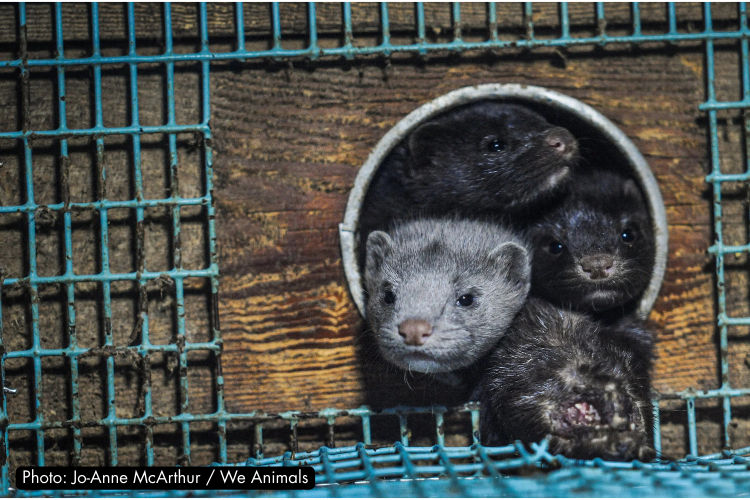California’s Salmon Fishing Ban Kept in Place for Second Year as Fish Stocks Still Haven’t Recovered
All commercial and recreational salmon fishing has been banned off the coast of California for only the fourth time in state history.
Government fishery managers have announced a ban on salmon fishing off the Californian coast to help protect falling fish stocks.
The Pacific Fishery Management Council made the unanimous vote on April 10 to close the season’s salmon fishing, marking the same action taken as last year.
While it is the second year in a row for a ban, it is only the fourth year in California’s history that salmon fishing has been closed.
“The forecasts for Chinook returning to California rivers this year are again very low,” said the Council’s Chair Brad Pettinger. “Despite improved drought conditions, the freshwater environment that contributed to these low forecasted returns may still be impacting the overall returns of Chinook.”
Chinook, like all salmon, are anadromous. This means they hatch in freshwater streams and rivers, and then migrate to the ocean for feeding and growth. After between 1 and 5 years in the ocean, the Chinook salmon return to their natal water to spawn.
This migratory life-cycle means that Chinook populations can be affected by various factors in both the ocean and on land.
In California, drought and water diversions are reported to have made rivers too warm and their flow too slow for salmon populations to flourish.
According to figures by the fishery council, only 6,100 fall-run Chinook returned to spawn at the upper Sacramento River last year. This is a dramatic fall from the average of 175,000 Chinook that spawned each year during 1996 and 2005.
Water policy failures have also been cited as causes of the population decline. During the Trump administration era, environmental protections under the Clean Water Act were stripped back and resulted in millions of miles of streams and waterways being made more vulnerable to pollution from man-made developments and farms.
One In Five Migratory Species Threatened With Extinction
The dwindling salmon population in California mirrors a wider global threat to migratory species. The United Nations says that as many as one-in-five migratory species are at risk of extinction.
Migratory species - which refers to the billions of animals who make long journeys on land, in the oceans, and in the skies each year - are facing the double threat from the effects of climate change along with unsustainable human activities like overexploitation and habitat loss.
The UN points out the urgent need to protect at-risk species in order for populations to recover - with California’s decision to ban the fishing season an example of such efforts.
We Have A Favor To Ask…
Species Unite amplifies well-researched solutions to some of the most abusive animal industries operating today.
At this crucial moment, with worldwide momentum for change building, it’s vital we share these animal-free solutions with the world - and we need your help.
We’re a nonprofit, and so to keep sharing these solutions, we’re relying on you - with your support, we can continue our essential work in growing a powerful community of animal advocates this year.





